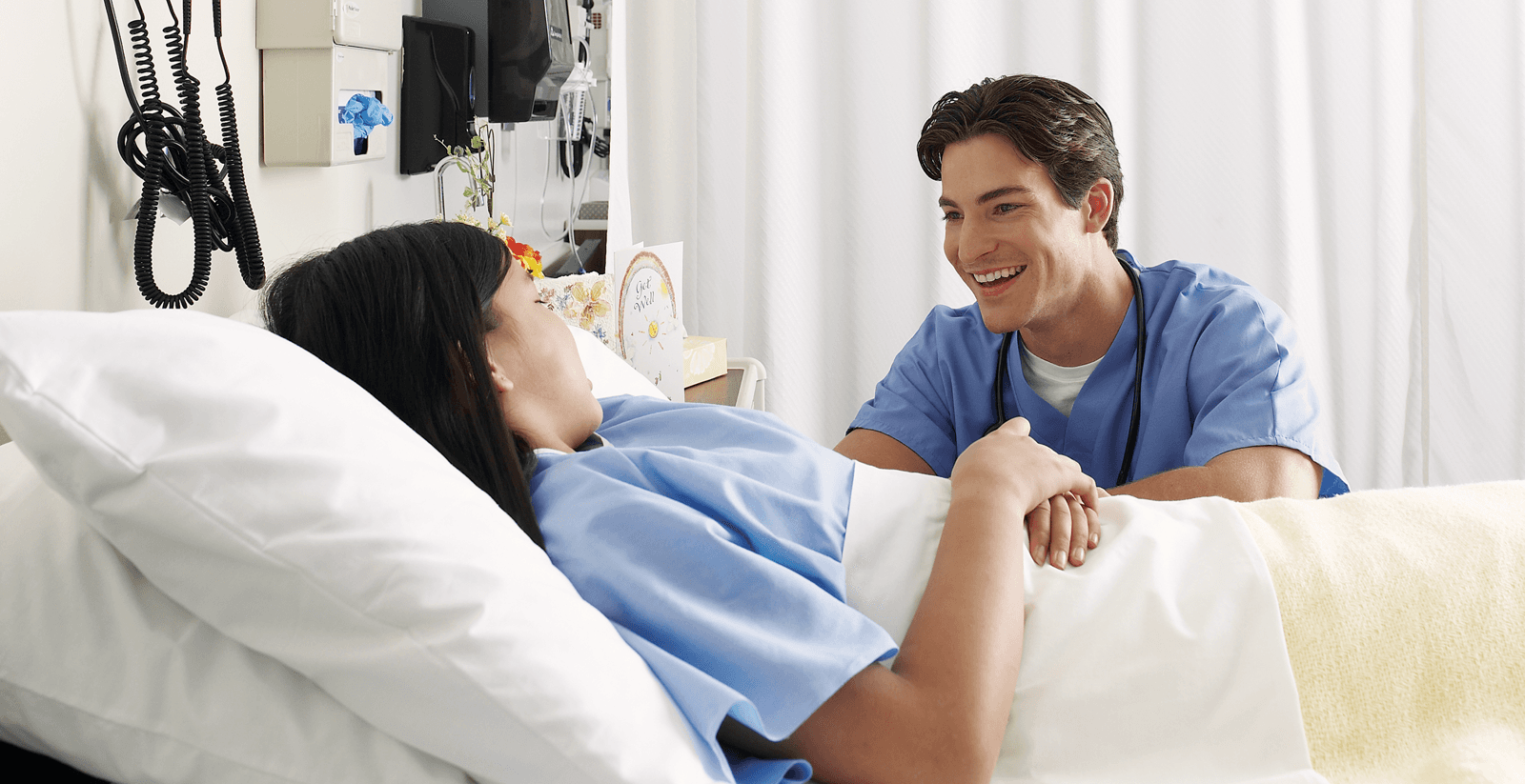Prevent Hospital Infections

Take Steps to Reduce Your Risk
According to the Centers for Disease Control and Prevention (CDC), 1 in 31 patients gets a healthcare-associated infection while staying at the hospital. Often, these happen because hospital procedures and equipment can expose internal parts of your body to germs. The chart below lists common infections and steps you can take to prevent them.
Clean Your Hands
Be sure to clean your hands:
- After touching hospital objects or surfaces
- Before eating
- After using the restroom
- After coughing and sneezing
Ask hospital staff members to clean their hands. This should be standard practice, but don’t be afraid to remind them if they forget. Ask visitors to clean their hands too.
Vaccines
Keep your vaccinations up-to-date. Check with your healthcare provider about getting a yearly flu vaccine and whether you need a pneumococcal vaccine.
Catheter-Associated Urinary Tract Infection (UTI)
Germs enter your urinary tract when you have a tube (catheter) to drain urine
- fever
- burning or pain in lower belly
- bloody or frequent urination
- clean hands before touching area
- keep urine bag below level of bladder to prevent backflow, and ask for it to be emptied regularly
- don’t tug, pull, twist or bend the tube
- secure catheter to your leg and ask every day if it’s still needed
Surgical Site Infection
Germs affect the site of your surgery—either on your skin or internally
- redness
- pain
- drainage of cloudy fluid
- fever
- do not shave surgery site (irritation increases risk of infection)
- clean hands before touching area
- don’t let visitors touch or dress your wound
- ask your nurse to show you how to care for your wound
Central Line-Associated Bloodstream Infection
Germs enter your bloodstream through a large tube that’s inserted in a vein near your neck, chest or groin
- red skin and soreness at site
- fever
- chills
- clean hands before touching area
- speak up if your bandage comes loose, looks wet or dirty, or if your skin looks red or feels sore
- avoid touching tube or letting visitors touch tube
- ask that tube be removed as soon as possible
